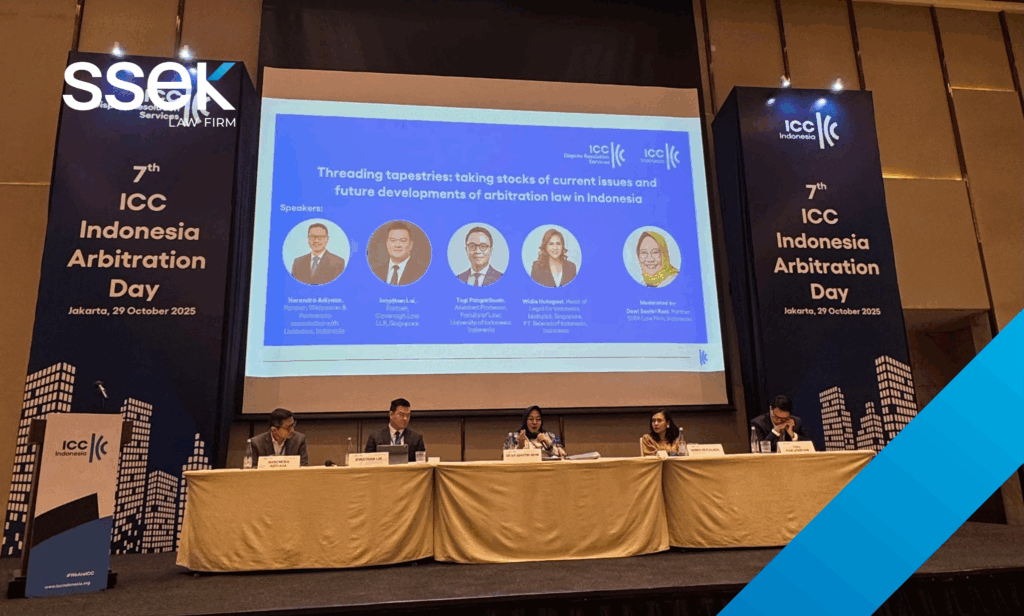1 September, 2021
Arguments turn into quarrels, which sometimes can escalate to the point where the two sides can no longer take back what they’ve said or done. Disputes aren’t pleasant, but they’re common and fairly natural among people who no longer see eye to eye.
Fortunately, there are several ways to resolve disputes, and today we’ll talk about Mediation, Arbitration, and Litigation as the three basic types of dispute resolution processes.
Mediation
Mediation is one of the earliest dispute resolution types that presumably originated within the Sumerian society thousands of years before Christ. The process evolved through the centuries, but in its original form, it resembled modern-day Mediation mixed with certain principles of both Arbitration and Litigation.
Mediation, as we know it today, is the process that involves the conflicting parties and another neutral party that will serve as the mediator.
The parties can also settle for mediation outside of court, which is commonly referred to as voluntary mediation.
The conflicted parties may have taken their case to court, after which the judge can recommend (or order) mediation if certain requirements are met; minor grievances and disputes are usually best resolved this way.
Cases regarding criminal law typically aren’t eligible for mediation while this type of resolution process is ideal for parental disputes due to its confidentiality.
The purpose of mediation is to satisfy both parties. However, the sole condition aside from their satisfaction is for both parties to be prepared to inch towards making a compromise. Many countries declare the mediation process in which only one side was prepared to forfeit a portion of their initial demands as void.
The uniqueness of this resolution process can be seen in the collaborative role of the mediator; both arbiters and litigators are essentially judges or people who are given an almost equal amount of legal authority.
The mediator’s role is to address the opinions and demands of both parties in equal measure, after which they typically propose a solution. The parties who accept the proposed solution can use the concluded mediation as an argument of exception during the trial.
Mediation processes that did not yield a satisfactory result can still affect the ongoing trial in the sense that a new mediation process regarding the same issue can’t be repeated (in most countries). The outcome of the mediation process is non-binding.
Arbitration
Arbitration is a type of legal resolution process that shares many similarities with mediation and litigation. On one hand, its outcome is binding and it applies to any ongoing legal cases and trials, but on another, it allows the parties to pick a judge themselves.
Even though judges are perfect arbiters due to their wealth of experience, the formal atmosphere of a court trial followed by high fees and long waiting times tend to negatively affect the parties. Arbitration was designed as an alternative mode of resolution that would take the case outside of court, although the chosen judge would still play the same role and have the same level of legal authority.
Arbitration is well-suited for all types of legal actions, although it offers additional benefits to cases that revolve around parties with different nationalities.
Namely, each country has its own laws and rules regarding norm collisions. The process of identifying which laws should be applied, and which court has jurisdiction over the case can take years.
Arbitration allows grieved parties to formulate these otherwise set parameters by choosing the judge that would resolve the matter. The conflicted parties are also allowed to specify other parameters in the case arbitration fails, such as which country’s law would be used, which language, which court will have jurisdiction, and so on.
The neutrality of arbitration is the reason why it’s a perfect solution for cases with parties of different nationalities. The parties are also allowed to select a national court from another country, as long as that court has territorial, subject-matter, and general jurisdiction over the relevant case.
The consensual role of arbitration allows the parties to customize various aspects of the resolution process, but they can’t alter its binding power.
Litigation
Litigation is a dispute resolution process where the matter is taken to the court. Unlike mediation, the outcome is legally binding, and unlike arbitration, the process can’t be customized, although the parties can still affect it in various legal ways.
Generally speaking, litigation should be the last resort to the conflicting parties, as its formality and strictness can have detrimental effects on both parties. Namely, the judges can decide to discard certain pieces of evidence or testimonies, and it usually takes months for the process to even start.
However, litigation offers a series of unique benefits that mediation and arbitration don’t. For instance, the vast majority of cases are eligible for litigation disputes, including commercial disputes, matrimonial matters, personal injury cases, as well as employment disputes.
Given that most cases can be litigated, it’s a perfect solution for disputes that can’t be mediated or resolved through arbitration.
The main drawback of litigation is that it can end at various stages of the process due to numerous reasons, which makes it a less reliable solution in comparison to the other two.
First and foremost, after filing the complaint, defendants can dismiss it at any point before the case enters the second stage of litigation; the plaintiff can later file the same case against the same party, on the same grounds, at the same court.
Secondly, judges can file the motion of dismissal in several situations, including inappropriate jurisdiction or venue, or if the cause is not valid.
Thirdly, litigation processes aren’t confidential, unlike mediation and arbitration processes; parties with a legal interest in the ongoing case can join either of the conflicted parties, which tends to make the hearings even longer and more complex.
However, it is still among the most widely used resolution processes due to its breadth of cases suitable for litigation. Even though the parties will be exposed to potentially higher fees and more stress, the legal binding of litigation is essentially law for conflicted parties.
We hope that this rundown was useful to you, that you’ve learned something new, and hopefully determined the best type of dispute resolution for you. Make sure you are staying safe in these times we are all going through and have a good one, guys!




